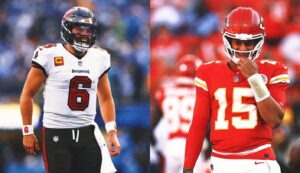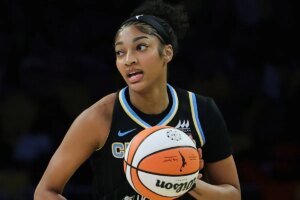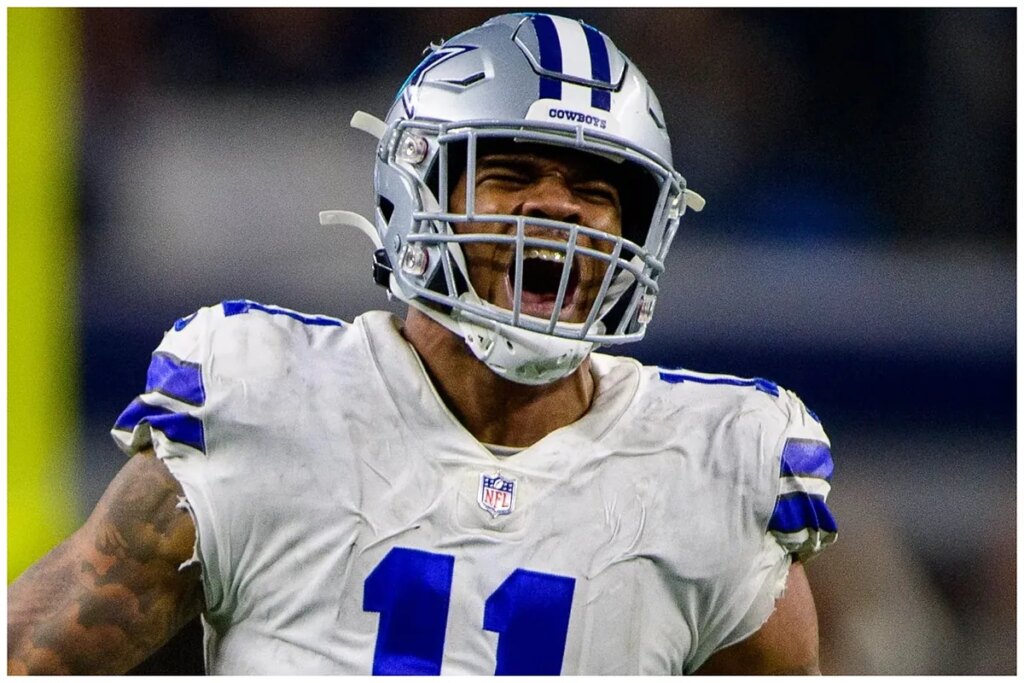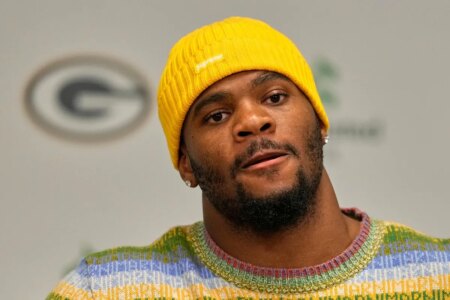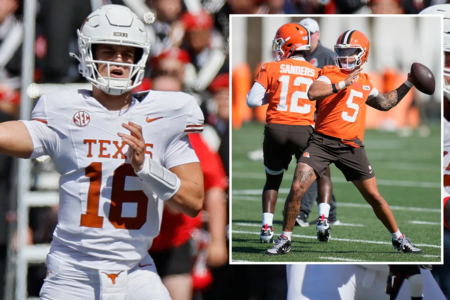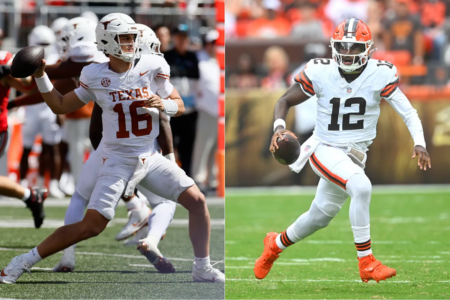Now that we are near the beginning of September, the uneasy climate between Micah Parsons and the Dallas Cowboys had become impossible to ignore. Parsons, the face of the franchise’s defense and one of the league’s most electrifying young players, was present at training camp… but not really participating.
He was not skipping out entirely though. Instead, he leaned on a familiar tactic in today’s NFL labor disputes: the “hold-in.” Parsons reported, suited up, and was visible, but when it came time to practice, he cited “back tightness.” even though many fans thought that his absence was due to an injury, everyone knows now that this really was a contract battle.
For Dallas, the situation was a test of leverage. The team held Parsons’ rights under a five year option that paid him far below his real market value. Dallas owner Jerry Jones reportedly believed Parsons had agreed in April to honor that option. Parsons, on the other hand thought differently. The gap between what the Cowboys were willing to pay and what Parsons felt he deserved expanded by the day, and so did the tension between the two.
The Cowboys had to act
On August 28, less than two weeks before the season opener, Dallas pulled the trigger on a blockbuster deal, shipping Parsons to the Green Bay Packers. In exchange, the Cowboys received two first-round picks, in 2026 and 2027, along with Pro Bowl defensive tackle Kenny Clark.
For Green Bay, the move was not just about getting a player; it was about rewriting their defensive identity. Hours after the trade, Parsons signed a four-year, $188 million contract with $136 million guaranteed, making him the highest paid non-quarterback in NFL history. He will also wear No. 1, a jersey not worn in Green Bay since franchise founder Curly Lambeau nearly a century ago.
The fallout in Dallas has been sharp and painful. Fans and analysts alike blasted the front office for letting a generational talent slip away, accusing Jones and his lieutenants for they way they dealt witht the negotiations.
The Cowboys now turn to a new defense, hoping Clark can anchor the line while younger players grow into bigger roles.
The other side of the negotiaition
The Parsons saga may even have hidden factors. The “hold-in” strategy has been on the rise, used by players who want to avoid fines for holding out but still apply pressure on teams. According to ‘NBC Sports‘, the next collective bargaining agreement could include measures to modify the tactic, making it harder for players to show up and sit out without consequences. Parsons’ public case may be the key point owners point to as they negotiate tougher rules.
And yet, Parsons himself is hardly looking back. At his first press conference in Wisconsin, he dismissed the whispers about his health. “Physically, I’m great,” he said. His tone was confident, even relieved, as if the weight of months of back-and-forth conversations had finally been lifted.
For the Cowboys, it was the end of a good -bad ending- story. For the Packers, the beginning of a new era. And for the NFL, it was a reminder that the balance of power between stars and franchises is still shifting.
Read the full article here

